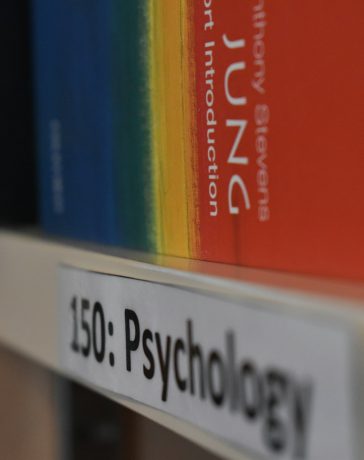In the treatment-resistant population, various therapeutic strategies have been used. They include alternative monotherapies, augmentation strategies, and invasive procedures. However, there is no consensus on the most effective treatment for treatment-resistant OCD. Several of these methods include psychoeducation, CBT, and SSRIs.
CBT
Treatment for obsessive-compulsive disorder involves psychological methods, including exposure therapy. This treatment involves gradually exposing the patient to the object that they fear. This therapy is often short-term, lasting up to 10 weeks. When appropriate, family members are also included in the process. Although this treatment is often complex for patients and their families, it has proven effective.
Psychotherapy, including cognitive-behavioral therapy, is a standard effective treatment. This therapy helps patients understand why they have specific thoughts and behaviors. It also teaches patients how to break negative habits and replace them with healthy ones. Medication, including antidepressants, may also be used.
Intensive outpatient and residential treatment programs may be helpful in patients with severe symptoms. These programs may focus on ERP principles and usually last several weeks. Another treatment method that has shown success is deep brain stimulation, which involves implanting electrodes into certain parts of the brain that produce electrical impulses.

SSRIs
SSRIs are commonly used to treat the symptoms of OCD, although not all of these medications are suitable for the treatment of this disorder. Experts recommend CBT alone as the treatment of choice for the condition. However, in some cases, it may require medicines like clomipramine.
Several well-designed studies have shown that these drugs positively affect OCD, though not all patients respond. For example, in one study, 40 to 60% of participants did not respond satisfactorily to the SSRIs, which might be due to certain risk factors, such as poor insight into the symptoms, hoarding, or other personality disorders.
SSRIs are the most common medications used for OCD. They have a low risk of severe side effects and are often prescribed by physicians. You can also use it to treat depression. The most commonly used SSRIs are fluoxetine (Prozac), paroxetine (Paxil), and citalopram (Celexa).
ERP
Common effective treatments for OCD involve cognitive and behavioral therapy. Cognitive therapy teaches people how to control their compulsive behavior, and behavioral therapy encourages them to reassess their beliefs and behaviors. Medications, such as selective serotonin reuptake inhibitors (SSRIs), are also used as a treatment for OCD. These drugs are prescribed by a medical professional and are considered “first-line” treatments for OCD.
CBT involves gradual exposure to obsessions and compulsions to break the cycle of negative thinking and behavior. CBT can be conducted in a group or one-on-one format. However, it is essential that the patient cooperates and is comfortable with the process.
Cognitive behavior therapy focuses on reducing compulsions and reducing avoidance behaviors. The patient is gradually exposed to the triggers in less-threatening environments and progressively moves to more challenging ones. Over time, this treatment reduces the intensity of the anxiety symptoms as the patient becomes accustomed to the process.

Psychoeducation
Psychoeducation is an essential element of treatment. It educates patients and their families about the disorder, which can alleviate feelings of shame and help them better understand their condition. It can also help prevent the disorder from progressing and improve the patient’s quality of life.
Psychoeducation is most effective when it is combined with psychotherapy.
There are several forms of psychoeducation for OCD. Several studies have demonstrated its effectiveness. Some of these techniques are based on rational emotive therapy (RET). However, other methods have been developed. For example, one Australian research team created a danger ideation reduction therapy. This therapy involves providing patients with information about the risk of contamination without subjecting them to it. The treatment has had promising outcomes in case reports by Jones and Menzies and small-scale trials by Krochmalik et al.
Psychoeducation for OCD involves presenting information from a developmental and behavioral perspective. Many treatment manuals advocate a neurobehavioral model, which states that differences in brain circuits drive intrusive automatic thoughts. These differences can be a cause for false alarms.



































